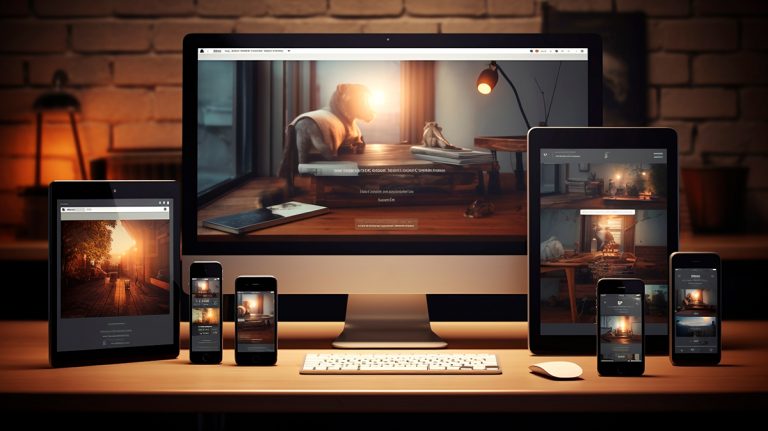As the world increasingly moves online, businesses are finding that they need to adapt to new accessibility standards in order to stay competitive. By making their websites and applications accessible to everyone, businesses can avoid potential legal trouble and make sure that they’re tapping into a more extensive customer base. Additionally, many disabled individuals rely on accessibility features in order to be able to use digital products and services; by accommodating them, businesses can show that they care about meeting the needs of all their customers. Ultimately, implementing accessibility technology is not only the right thing to do but also good for business. Read on more for more information.
The importance of accessibility technology for businesses
The need for businesses to be accessible has become more critical now than ever. Accessibility technology can help support organizations in achieving greater efficiency and performance while enhancing user experience. Not only is it beneficial to those who rely on assistive technologies to access digital content, but also to those who are browsing webpages that adhere to accessibility standards. By investing in accessibility technology, businesses will benefit from a higher degree of innovation and an increase in customer satisfaction. These advantages are critical ingredients for sustainable growth in today’s digital world.
Take the debate about web accessibility overlays. Many companies have been called out recently for not providing an accessible interface that allows users with disabilities to engage with web pages. By investing in accessibility technology, these firms can avoid potentially costly lawsuits and ensure that all customers are able to access the same content.
How businesses can benefit from using accessibility technology
Accessibility technology is an essential tool for businesses of all sizes and industries. By implementing accessibility solutions, companies can proactively improve customer engagement, differentiate their brand, and increase overall profitability. This technology promises a greater reach to underserved populations, more efficient content production and management processes, better user experiences for diverse customers, and increased cost savings from improved automation. With its potential to address many of the current challenges in the business world today, accessibility technology may hold the key to success for any company that is willing to take advantage of this powerful resource.
The different types of accessibility technology available
Accessibility technology is an essential tool for businesses that want to remain competitive. It is designed to make digital spaces more inclusive and bring greater access to people with disabilities. Some of the most common types of accessibility technology include voice recognition, screen readers, AI text-to-speech programs, magnifiers, and speech recognition software.
These tools provide individuals with a variety of ways to access content electronically. Other assistive technologies, such as assistive touchscreens, can help significantly navigate websites and apps. Companies that use accessibility technology will promote inclusion and create an environment where all individuals feel included and respected. Ultimately, these tools increase productivity for everyone by creating more user-friendly systems and maximizing the potential for collaboration.
How to implement accessibility technology in the workplace
Now more than ever, it is crucial for businesses to recognize the importance of accessibility technology in the workplace. Companies need to determine what technologies are best for their particular needs – such as screen readers, keyboards that offer alternative input methods, and transcripts of audio files – and then strategize how best to implement them. All employees need to receive comprehensive training to understand how the technology works and how to use it effectively.
In addition, communication systems should be established between IT or outside support personnel and employer departments so questions can be addressed quickly. By taking steps to integrate accessibility technology into their workspace correctly, businesses can not only make sure all their customers have an enjoyable experience but also show a commitment to achieving workplace diversity goals.










